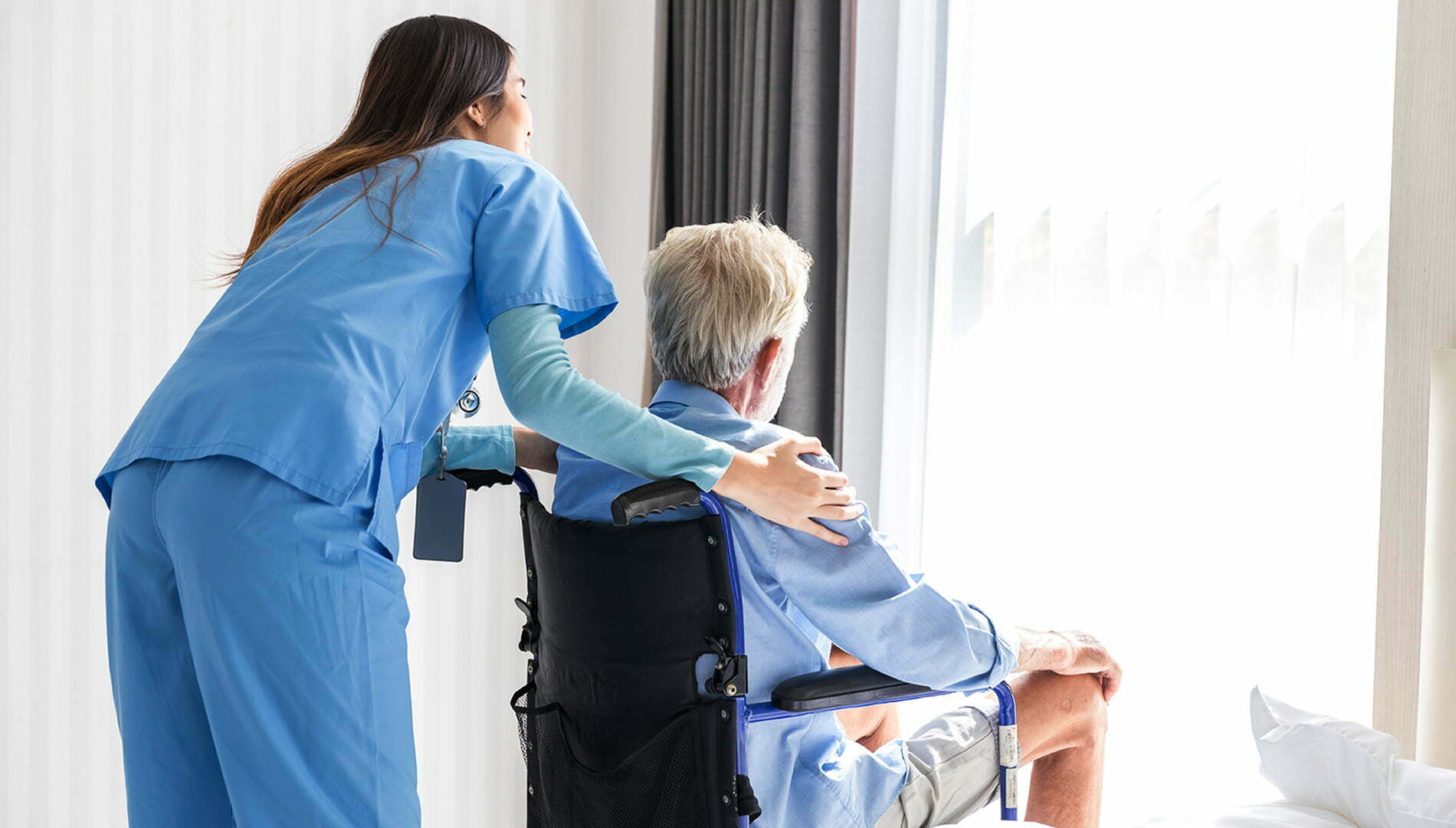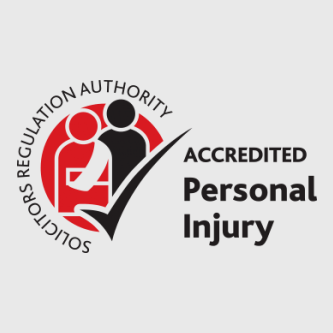Published: 23rd November 2021
As any seasoned biker will tell you, having the right motorcycle clothing and accessories can transform your riding experience, whether that’s a Sunday blast, your commute to work or a tour across the continent. Of course, it’s important to wear the correct gear to keep you safe in the event of an accident, but having the right kit can also protect you from the elements, provide a more comfortable ride and even improve your riding technique.
Choosing motorcycle clothing is a big investment and takes careful consideration, so before you hit the shops, here’s our guide to all the essential gear you need to stay safe and protected on two wheels.
Motorcycle Helmets
The first thing that every biker requires is a helmet. The United Nations Motorcycle Helmet Study states that wearing an appropriate helmet improves a motorcyclist’s chance of survival by 42% and helps avoid 69% of all other injuries. But with such a wide variety of helmets available, the decision on which one to buy can often feel overwhelming.
Keep in mind that no matter which style you go for, the most important thing is to invest in a high-quality helmet that meets or exceeds the required safety standards for the riding you plan to do. The second thing to note is that getting the right fit is crucial, not only for protection but also for riding comfort, reduction of noise and longevity of the helmet itself.
When it comes to the type of helmet you choose, much will depend on the model of bike you ride, the type of riding you do and the “look” you prefer, although of course the aesthetic should never mean you compromise on protection. In a nutshell, there are three main types of helmet for road riding:
Full-Face Helmets
Around 45% of impacts in motorcycle accidents occur on the face or chin area, so for the highest possible level of protection, there is no doubt that a full-face helmet is the best option. As the name suggests, they cover the face, as well as the entire head and the top of the neck. The visor will also protect your face from the wind, cold and rain, as well as road debris and insects.
Open Face Helmets
Open face helmets, or half-face as they are sometimes known, offer protection around the top, back and side of the head but leave the face exposed. This gives you that wind-in-your-hair feeling, but they are far noisier than a full face and increase the risk of injury in the event of a crash. Open face styles are a popular choice for the ever-growing café racer and custom market.
Modular Helmets
Modular, or flip-lid, helmets offer motorcyclists the best of both worlds. They provide full head and face protection, but the front can flip open to expose the face. Modular styles offer versatility, allowing you to go easily from open-face low-speed riding in urban areas to full-face on open country roads for example. They are a great choice for commuting and long-distance touring.
We recommend visiting a reputable motorcycle dealership or clothing store, speaking to trained experts and trying on as many helmet brands as you need to ensure you have the right fit, style and level of protection for your riding needs.
Motorcycle Jackets
As with helmets, choosing a motorcycle jacket should be based on the level of protection it is going to give you for the type of riding you are doing and the environment you are riding in. Of course, you want to look good, but safety and comfort should be paramount.
The first decision you’ll need to make is whether you want leather or textile. Leather and motorcycling go hand-in-hand of course, and it was always the premium choice thanks to its high level of abrasion resistance. But technology has moved on and some of the textiles on the market offer incredible protection, as well as a whole host of other benefits that leathers can’t provide.
Leather jackets are ideal for track days in fair conditions or leisurely rides on a mild, spring days, but on hot days they are too hot, on cold days they are too cold and on wet days they won’t keep you dry. If you’re riding every day or planning longer journeys where you need guaranteed protection from the elements, a textile jacket is your best option. Textiles offer more versatility and are often adaptable to the changing weather conditions, offering breathability, warmth and waterproofing in one garment.
Whether you choose leather, textile or one of each, always ensure your jacket meets the required safety standards for motorcycle PPE and is equipped with the relevant CE-rated armour designed to absorb the impact of a crash. You also want to ensure that the jacket offers double stitched seams to provide maximum abrasion resistance and strength.
Motorcycle Trousers
Choosing your motorcycle trousers is much the same as choosing your motorcycle jacket and will depend on how, when and where you’re riding your bike. Most brands offer matching jackets and trousers, many of which can be zipped together to form a suit. This makes for an easy decision once you’ve picked your jacket.
If you’ve opted for leather and you’re taking part in track days, a zip-together suit is a minimum requirement and, for most motorcyclists, this is the best option for comfort and protection. However, if you’re planning on spending a lot of time on track, it is worth investing in a one-piece leather for optimum safety.
As technology continues to advance, motorcycle jeans are becoming more popular and are offering good protection in terms of abrasion resistance. It is important to remember that while today’s jeans provide better protection than ever before, they are still not able to match traditional materials. Again, when choosing the right trousers, you should ensure that they feature relevant CE-approved armour and double stitching.
Motorcycle Boots
The mistake that many motorcyclists make is overlooking the importance of the right footwear. A normal shoe without the protective armour and abrasion-resistant fabric is not going to protect your feet, ankles and calves in the event of an accident. Motorcycle boots also help with grip on the pegs and can improve your riding technique.
Once again, motorcycle footwear comes in a dizzying variety of styles, so narrow it down according to the bike you ride and the type of riding you are doing. There are boots to suit sports bikes, touring and adventure riding, cruising and everyday commuting to name but a few. You might need waterproofing, or you might want to wear the boots comfortably on and off the bike. Choose your footwear based on your own riding needs.
Finally, make sure that you have the correct fit. It should be snug without being too tight. You should be able to wiggle your toes, but your foot should not move around inside the boot. For the best possible protection, opt for oil-resistant soles to avoid slippage when your foot is on the road, shin and ankle protection and strong rigidity to prevent your foot from twisting in the event of an accident.
Motorcycle Gloves
When you have a fall of any kind, your first instinct is to break it with your hands, and motorcycle accidents are no different. If your hands are inadequately protected, you risk doing serious damage not only to the skin and bones, but also to the nerves in your arms.
Motorcycle gloves are traditionally made from leather to ensure maximum abrasion-resistance, but many modern gloves use a combination of both leather and textile. At the risk of repetition, the type of glove you need again depends largely on the riding you are doing. Good gloves should protect you from injury, but also keep your hands warm and dry in the winter and cool and comfortable in the summer.
You should look for a glove that features additional padding on the palm, knuckle protection and armour around the wrist area to maximise your safety. For the best possible protection, you can opt for a gauntlet-style, which cover the entire hand and part of the forearm. As with all PPE, ensure the gloves you choose meet the necessary safety standards.
Motorcycle Accessories
With the clothing essentials purchased, there are various accessories you can add to your riding kit to ensure you’re as safe as possible on the road. Additional armour such as a full back protector gives you maximum protection in a crash situation. You can use an airbag vest to protect your body during impact, while preventative gear like luminous vests can increase your visibility to other road users.
Earplugs are also a great accessory for any rider. While many riders think their aim is to prevent loud noises from the engine, it is the noise and vibrations from the wind that can cause permanent damage to your hearing.
Stay protected on your ride
As always, we wish everyone safe travels; however, if you or any of your family or friends are involved in an accident on the roads and require legal assistance from a Top Tier Legal 500 rated law firm, please do not hesitate to contact us.
We can be contacted on 0330 058 0377 for a free, confidential conversation with a specialist serious injury solicitor. Alternatively, please send us your contact details to enquiry@seriouslaw.co.uk, and one of our team will be in touch. All enquiries are free and confidential.
We also welcome you to join our Serious Injury Scheme which provides up to £150k of free legal protection should you be involved in a serious accident that wasn’t your fault. When joining you can sign up for exclusive early access to future newsletters and interesting content. Click here to find out more and join.











